Have you ever noticed how choosing a smartphone feels a bit like picking a side in an epic showdown? Android or iOS — it’s like the classic “who’s better” debate that never really dies. And honestly, it’s more than just about specs or fancy features; it’s about how these little gadgets fit into our crazy, busy lives. I mean, think about it — your phone isn’t just a device, it’s your camera, your calendar, your playlist, your everything. So, what makes one better than the other? Or is it just personal taste?
Let’s grab that cup of coffee (or tea, no judgment) and dive into the ever-entertaining Android vs. iOS saga, fresh and real as of today. Trust me, whether you’re a die-hard fan or just phone-curious, there’s something here for you.

Editor
Lloyd Kelly Miralles chevron_right
Table of Contents
Comparison Table - Android vs. IOS
| Feature | Android | iOS |
|---|---|---|
| Market Share (Philippines) | Around 90%+ | Around 7% |
| Price Range | ₱3,000 – ₱80,000+ | ₱40,000 – ₱100,000+ |
| Device Variety | Wide (many brands) | Limited (Apple only) |
| Ecosystem Integration | Good, less unified | Seamless, tightly integrated |
| Data Transfer Ease | Flexible, easier to switch | Can be difficult switching from Android |
| Gaming Performance | Varies by brand/model | Consistently optimized performance |
| Security & Privacy | Good, but user-dependent | Strong security and privacy controls |
| Customization | Highly customizable | Minimal customization |
| Software Updates | Fragmented updates | Regular, long-term updates |
| Repair & Support | More local options, often cheaper | Authorized centers, often pricier |
| Accessory Availability | Widespread and affordable | Premium, less accessible |

Market Share in the Philippines
Walk into any coffee shop or ride a jeepney, and you’ll likely see a familiar trend—Android phones, everywhere. It’s not just your imagination; Android currently commands over 90% of the Philippine smartphone market. This dominance is largely thanks to the wide availability of affordable models and flexible features.
On the other hand, iOS holds a much smaller share—around 7%. Still, that number doesn’t tell the whole story. Among professionals, creatives, and status-conscious users, the iPhone remains a top choice. So while Android clearly wins in numbers, iOS still owns strong brand equity among certain groups.
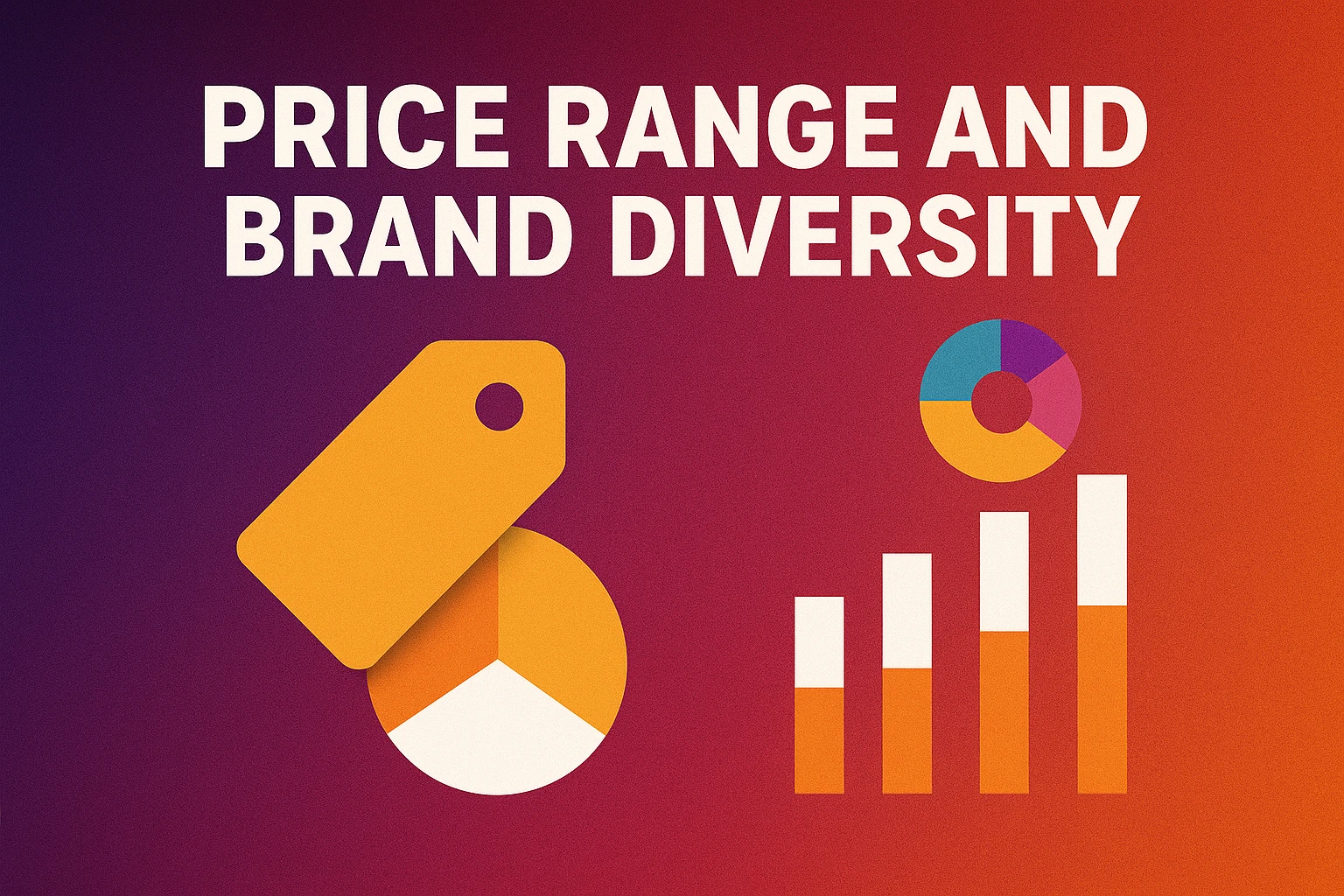
Price Range and Brand Diversity
Android:
-
Budget-friendly phones start around ₱3,000
-
Flagships from Samsung, Xiaomi, etc., can hit ₱80,000+
-
Options for every kind of user—students, workers, techies.
iOS:
-
iPhones generally start at ₱40,000+
-
No “budget” model outside older second-hand units.
-
Only one brand: Apple.
Bottom line: Android wins on affordability and variety; iOS focuses on premium consistency.
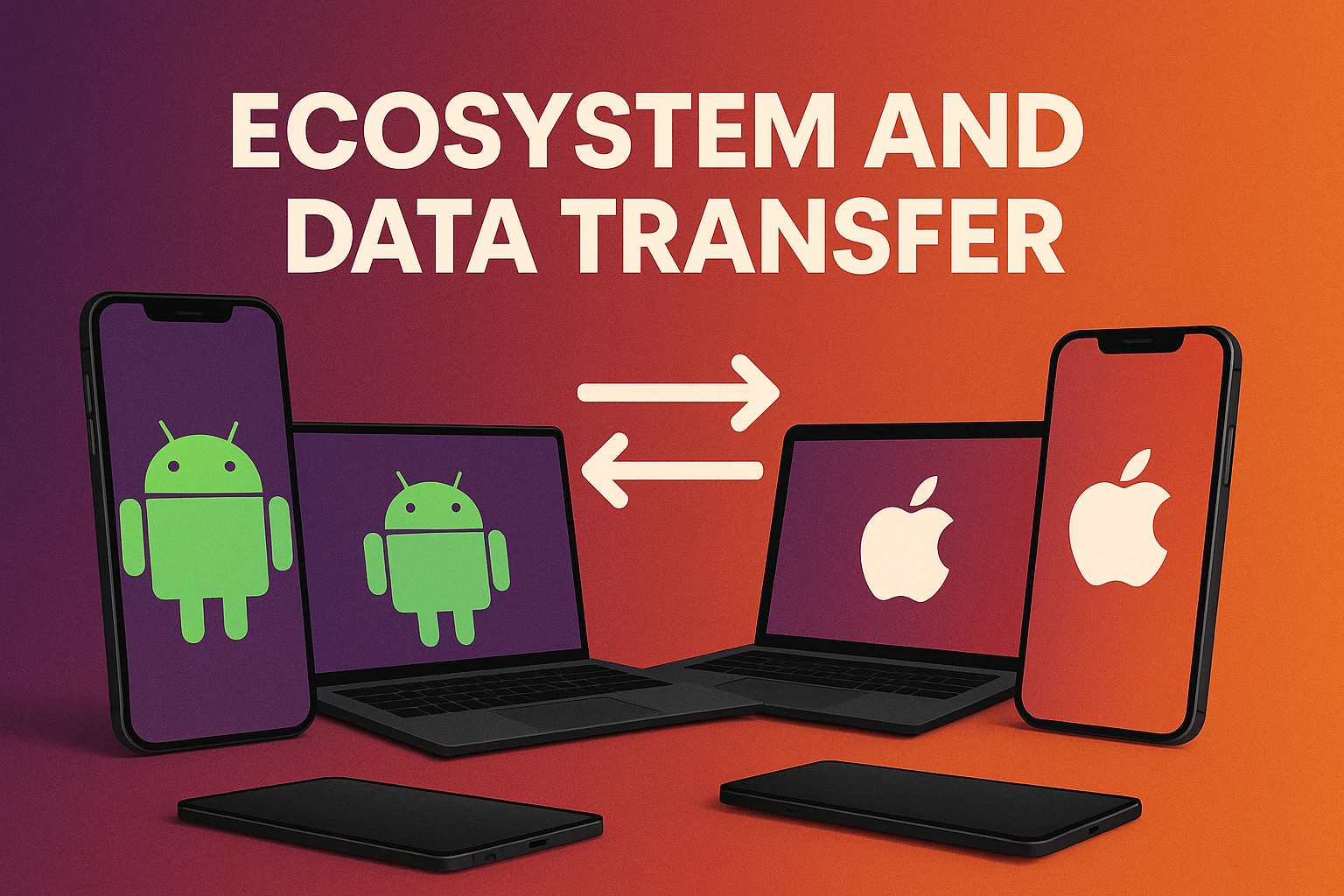
Ecosystem and Data Transfer
Switching phones isn’t always painless, especially if you're moving from Android to iOS. Apple offers a “Move to iOS” app, but it doesn’t always handle everything perfectly. Things like WhatsApp chats and app data can be tricky. Going from iOS to Android? Also possible—but again, not seamless.
Inside each ecosystem, though, things are smoother. Apple devices sync beautifully. Your iPhone, MacBook, AirPods, and Apple Watch all speak the same language. Android isn’t as tightly integrated, but it makes up for it with flexibility. Want to mix a Samsung phone with a Fitbit and Google Calendar? You can—and it’ll work just fine.
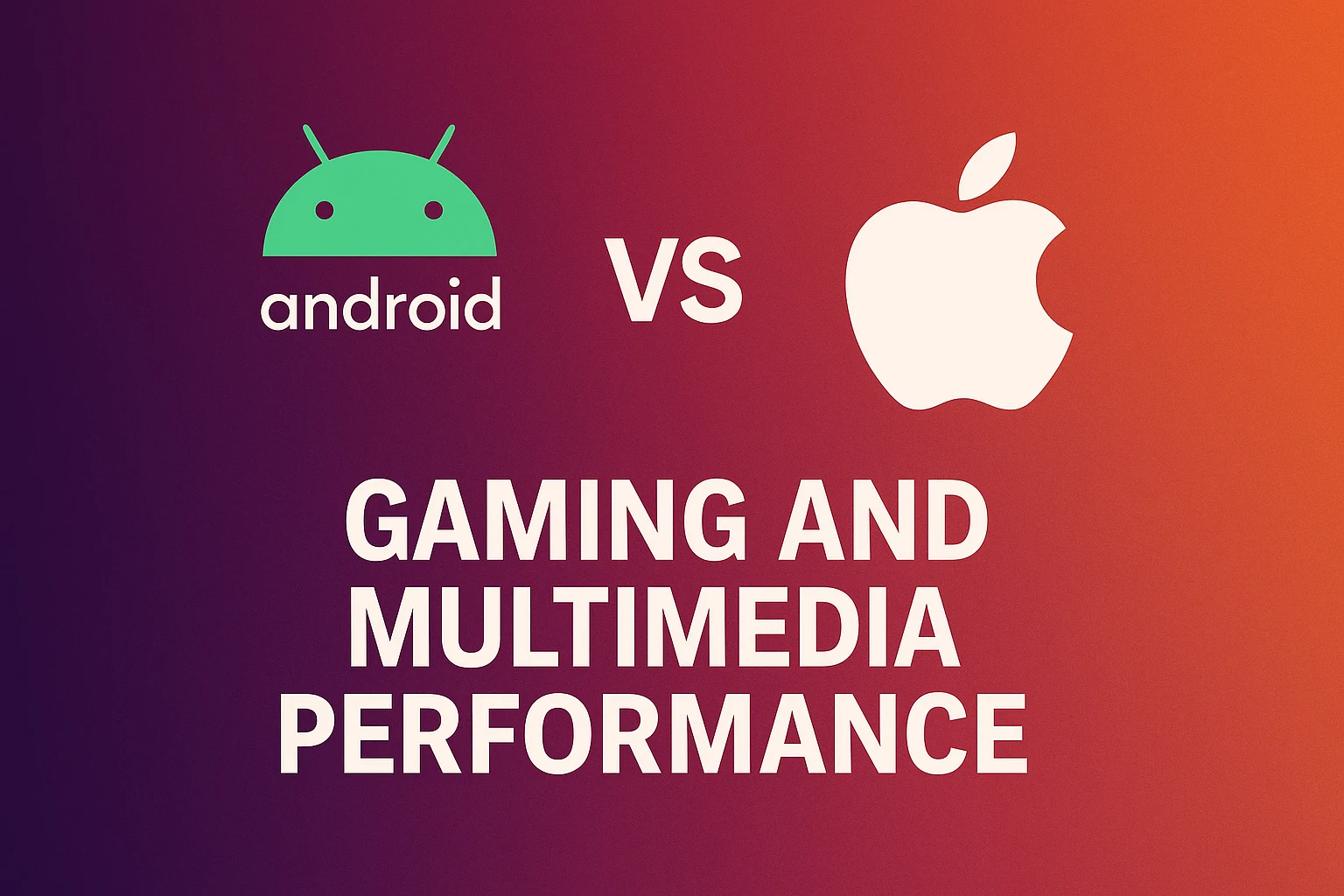
Gaming and Multimedia Performance
iPhones are known for squeezing top-tier performance out of their hardware. Even older iPhone models can handle games and heavy media apps without stutter. That’s because Apple controls both the hardware and software, so everything is finely tuned.
Android offers incredible gaming power too, but it depends on the model. Flagships like the ASUS ROG or Samsung Galaxy S series are fantastic for gaming, often surpassing iPhones in screen refresh rate or battery cooling. But not all Android phones are built equally. Mid-range and budget options can lag with graphics-heavy games, so you need to choose wisely.

Who Uses What—and Why?
Different people, different phones. Android is more common among everyday users, students, and anyone who wants more choice without spending a fortune. It covers the full range—from ultra-budget to luxury—and appeals to those who want practicality and variety.
iOS, meanwhile, attracts a crowd that values polish and prestige. Professionals often stick with iPhones for reliability and security. Teenagers and young adults also lean toward Apple, often influenced by brand appeal and peer trends. In the end, it comes down to lifestyle, not just specs.
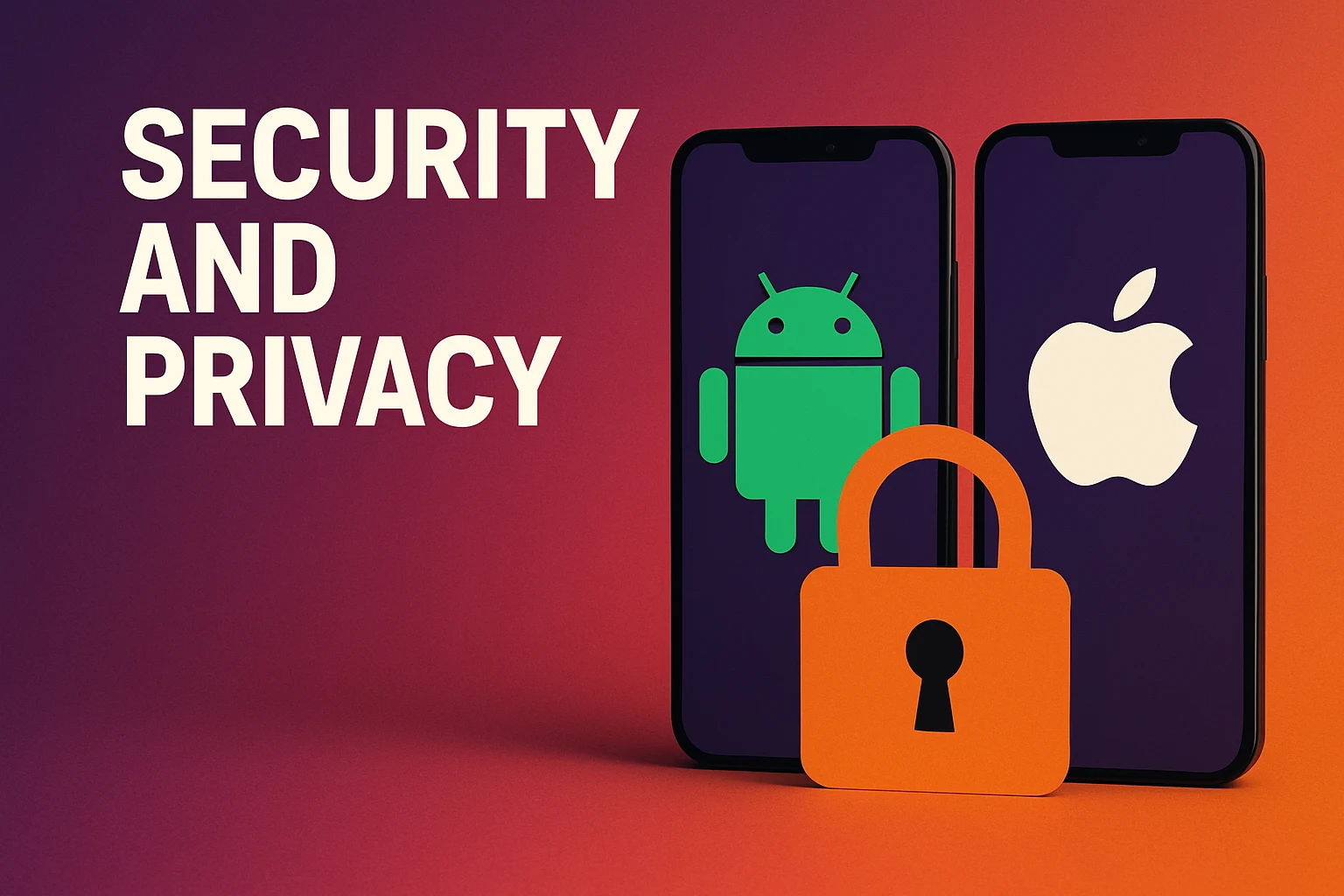
Security and Privacy
Apple takes privacy seriously, and it shows. From app tracking transparency to regular security updates, the iPhone is built to protect your data. Apps go through tight vetting, and the system isn’t very welcoming to malware or third-party interference.
Android has improved a lot in this area. It now offers biometric security, encrypted storage, and Google Play Protect to keep apps safe. But because it’s more open, it also allows sideloading—installing apps outside the official Play Store—which can expose users to risk if they’re not careful.
iOS gives you a safer environment by default. Android gives you more control—but with more responsibility.
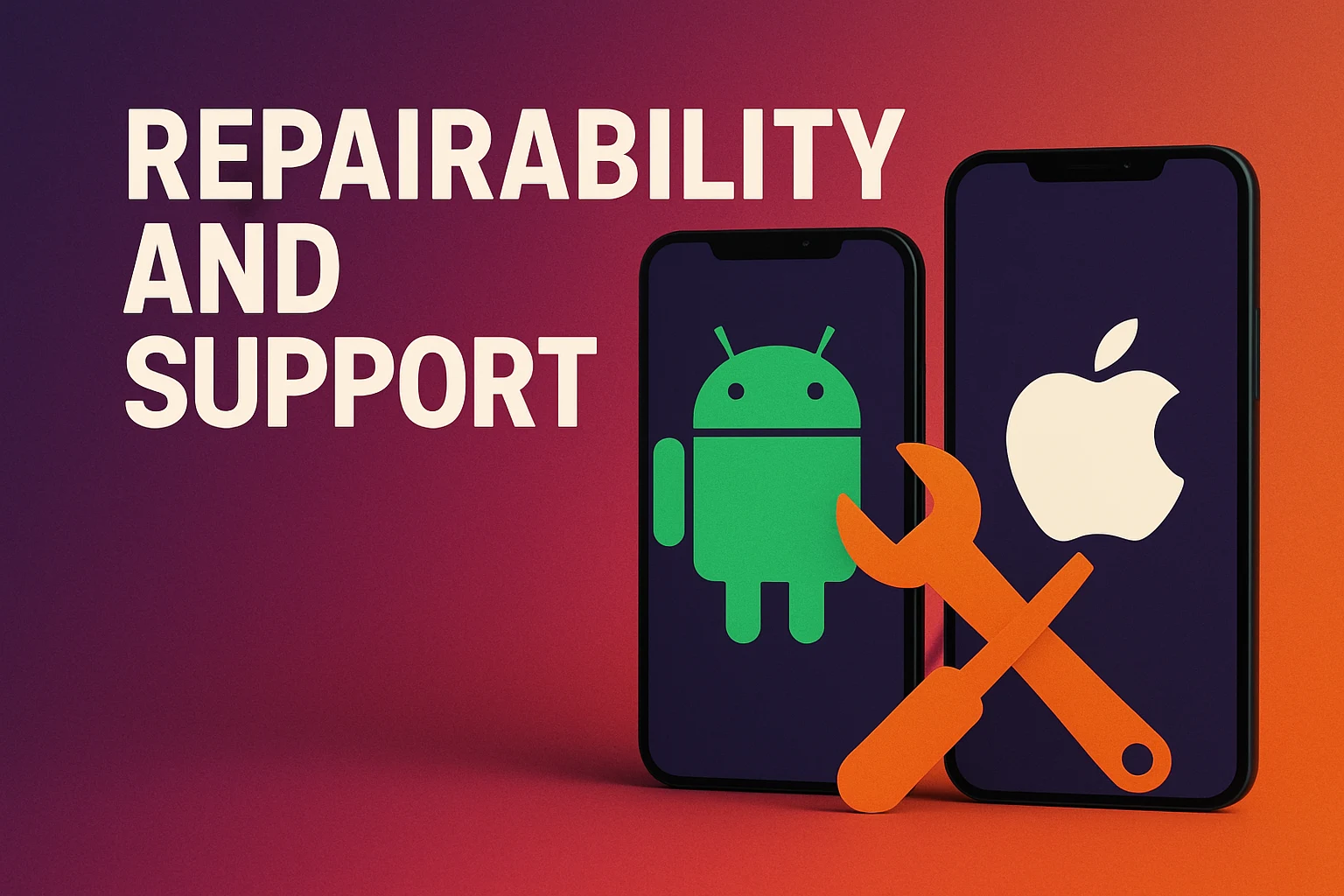
Repairability and Support
If something breaks, who can fix it—and how much will it cost? For Android users, local repair options are widely available, especially for popular brands like OPPO, Vivo, or Samsung. You can walk into a stall at the mall or a neighborhood tech shop and get things sorted, often at a reasonable price.
iPhone repairs, on the other hand, usually require a trip to an Apple-authorized service provider. That ensures quality, but also comes with higher prices and longer wait times. It’s a more structured system, but not always convenient—especially in rural areas.

Accessory Availability
Need a charger? A case? A screen protector? For Android phones, accessories are everywhere and easy on the wallet. There’s massive third-party support, from official brands to local stalls, especially for popular models.
Apple accessories, while high in quality, are typically more expensive and less available in physical stores outside big cities. Online options are great, but not everyone wants to wait days for a charger.
It’s the usual story: Android wins in accessibility and variety, while Apple goes for design consistency and premium feel.
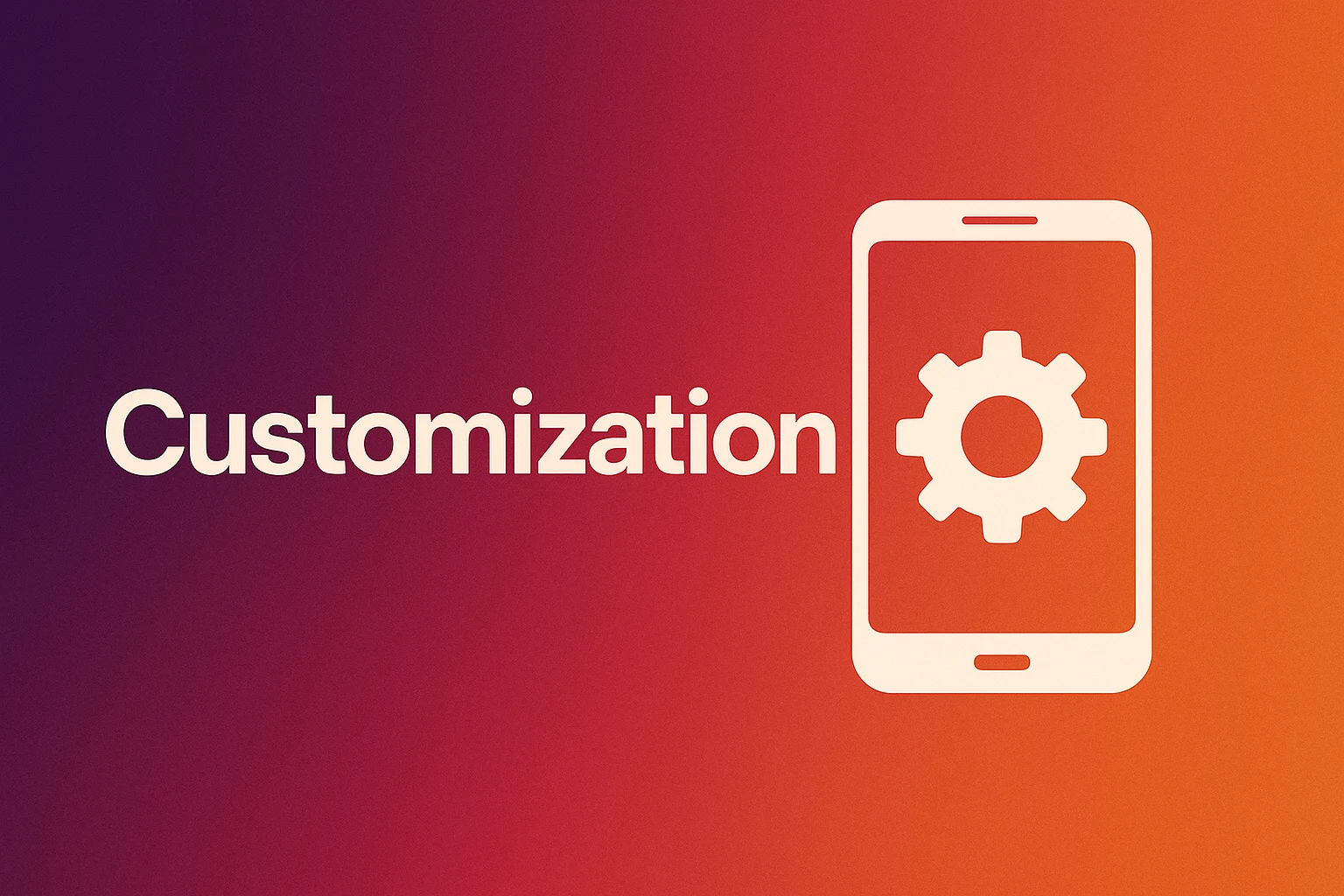
Customization
Android is the undisputed king of customization. Change your icons, tweak your layout, install third-party launchers—you name it. If you want a device that truly reflects your style, Android gives you the tools to make it happen.
iOS keeps things clean and controlled. Apple has only recently allowed widgets and minor design tweaks. That makes the experience smoother and less prone to bugs, but it also means fewer ways to make your phone “yours.”
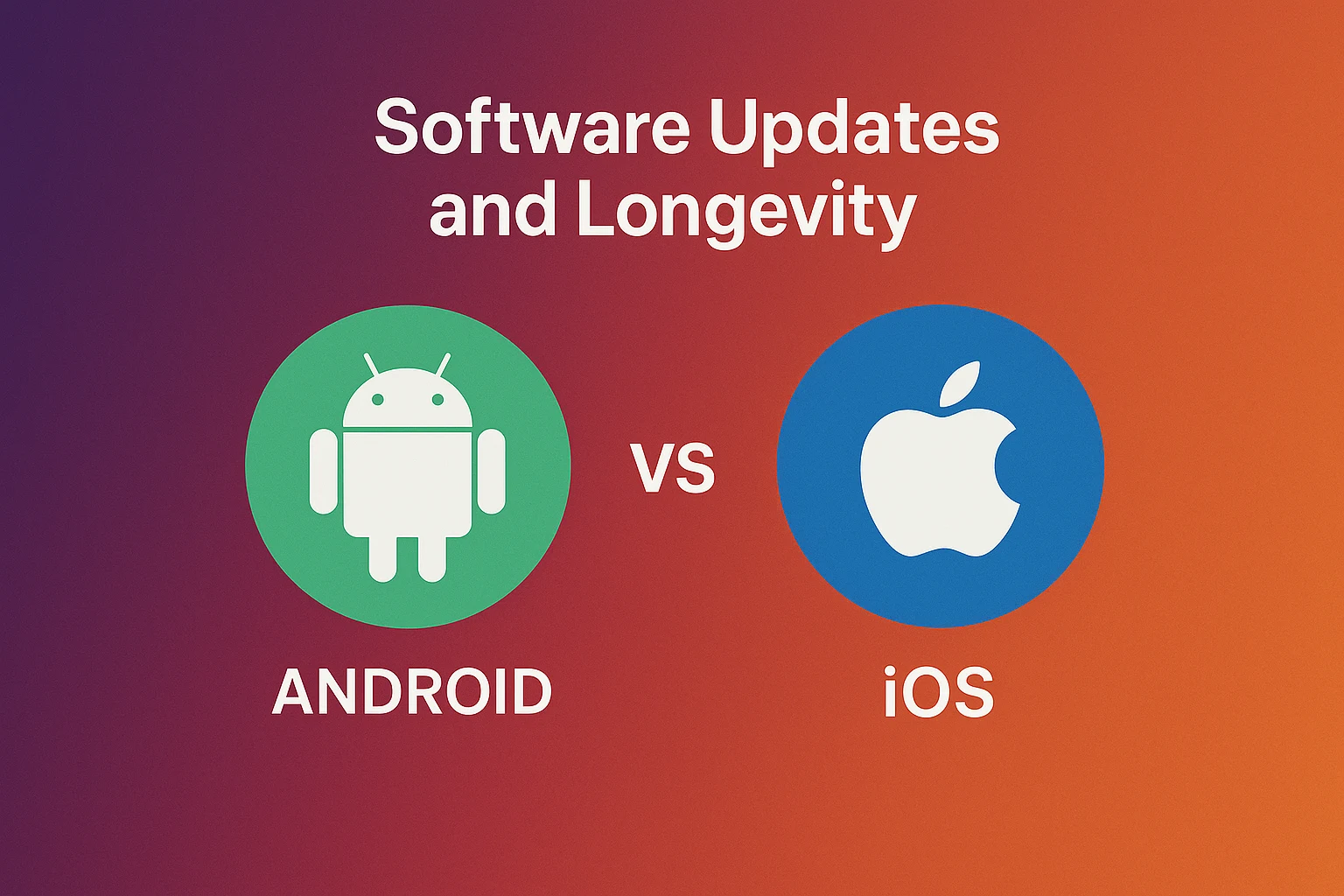
Software Updates and Longevity
This is where Apple really shines. When a new version of iOS is released, it rolls out to all supported devices—on the same day. And support lasts years—often five or more.
Android’s update story is more scattered. Google’s own Pixel phones and recent Samsung flagships now offer up to seven years of updates, which is fantastic progress. But lower-cost models may only get updates for a year or two, and rollouts can vary by region and brand.
If long-term support and consistency matter to you, iOS is the safer choice. Android is catching up fast, but still varies by device.
Conclusion
So, which is better—Android or iOS? Honestly, there’s no one-size-fits-all answer here. Your phone choice depends on what matters most to you — is it flexibility, ecosystem, camera quality, or just the feel of the device in your hand? Whichever camp you’re in, our best smartphones in the Philippines list shows the standout models on both sides.
I’ve danced on both sides of this fence, and I’ll tell you, it’s okay to be a bit of a tech nomad. Maybe you prefer Android now and want to try iPhone later, or vice versa. The key is to find what makes your day smoother and your experiences richer.
Related Articles:
- Top 7 Smartphone Brands in the Philippines 2025
- Top 10 Smartphones in the Philippines 2025 | Trusted Brands & Reviews
- Smartphone Buying Guide for Filipinos – Tips, Reviews & Best Picks 2025
- Smartphone Tech in Philippines for 2025 & Beyond - What's New
- Top 5 Foldable Phones in the Philippines 2025 | Best Picks & Reviews
